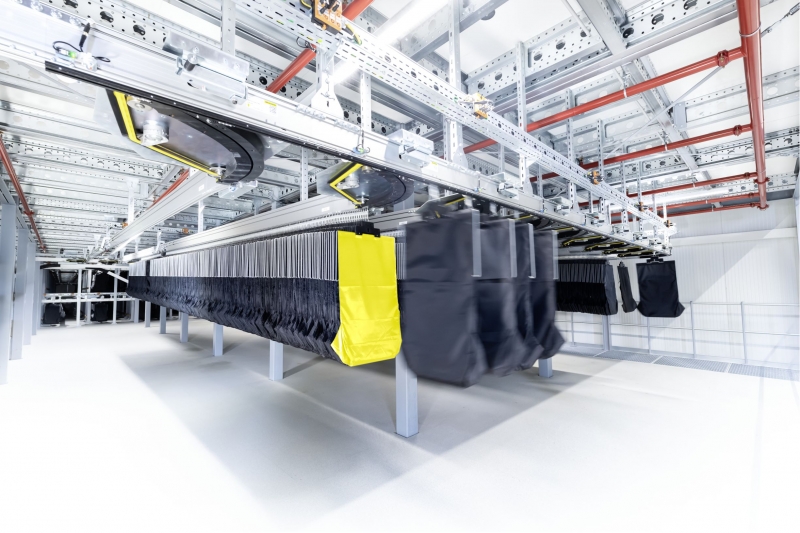
Before the global COVID-19 pandemic, e-commerce was on a track to reach 22% of all purchases by 2023 according to a study conducted eMarketer (https://www.emarketer.com/content/global-ecommerce-2019). Amazon and other large retail giants contributed to the consumer shift by offering free online shipping and same day deliveries. COVID-19 is expected to further accelerate the adoption of e-commerce and cause a permanent change in buying patterns. Many would-be brick and mortar shoppers are trying e-commerce.
Even though customers have been ordering considerably more online for months due to the corona crisis and some sectors experience a state of emergency, a further increase is expected for the fourth quarter. Before Christmas shopping starts, the so-called Cyber Days and Black Friday sales are a logistics challenge to face.
Recent developments have increased the pressure on companies to pursue an optimal e-commerce or omnichannel distribution strategy. Many companies are forced into ad hoc, complicated processes that require constant management oversight and quickly reach a breaking point. Labor availability is dependent on the simplicity of the operation and the number of processes that an operator must perform. Added to this are capital constraints and thin profit margins because customers expect to pay the same prize for e-commerce as in brick and mortar retail.
In order to remain competitive, companies require scalable e-commerce fulfillment solutions that allow them to react flexibly to peak times and handle these peaks efficiently. SSI Schaefer specializes in these demanding requirements. The intralogistics expert has been developing high-performance systems and intelligent software solutions that perfectly meet the individual requirements of the companies with regard to an e-commerce or omnichannel strategy.
Pick-n-sort picking method – suitable for a large e-commerce order volume
Pick-n-Sort is when multiple orders are released to multiple people or processes to be picked separately and then consolidated. The main premise of pick-n-sort is that the efficiency gained in picking makes up for the additional step of sorting and/or consolidating. This efficiency gain is more evident as SKU count increases and the distance between inventory items grows larger.
Wave pick is a very common pick-n-sort method, wherein a collection of orders is released to multiple pickers or processes, each receiving a portion of the total order pool. A key consideration of wave pick is the inherent dependency of having portions of an order coming from different pickers and/or processes. Wave picking can be applied to both person-to-goods and goods-to-person methods. In a person-to-goods wave pick, an operator typically receives a group of orders and walks a circuit to pick all items for those orders. Several other operators are performing the same task simultaneously. In a goods-to-person wave pick, all orders within the wave have equal priority, and the machines work as efficiently as possible to provide inventory for picking within the wave.
Higher volumes result in better wave pick efficiency (more volume across the same pick area). For the picking process, order size has little impact. If a wave consists of 20,000 pieces, it makes little difference if it is for 500 orders or 5,000 orders, providing the picking process is not severely limited by the sortation process.
Pouch sorter for e-commerce and omnichannel
Intelligent Software strategies combined with automated pouch sorter technology can be used to achieve all the benefits of pick-n-sort, this applies to e-commerce and omnichannel fulfillment alike This is particularly important in systems that were originally designed to support retail operations, and are now expected to fulfill more and more e-commerce orders. Following are key enablers of pouch sorter technology with enhanced software strategies:
Automated pouch sorter systems such as the SSI Carrier can be used to achieve the benefits of efficient picking without the negative impacts of traditional post-pick order processing. Many existing operations with wave-based order fulfillment can be readily upgraded with pouch sorter technology, enabling legacy distribution centers to quickly adapt and absorb e-commerce volume.
